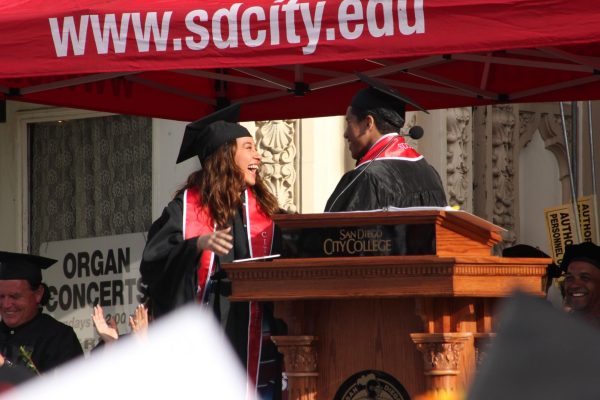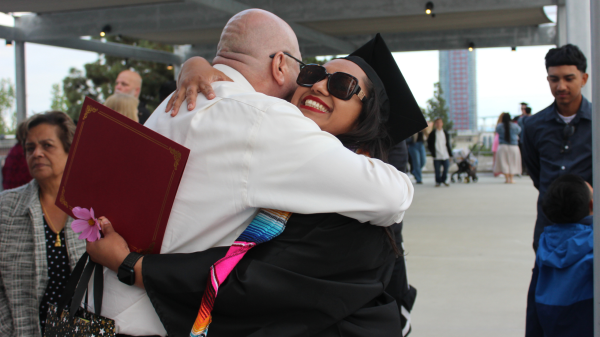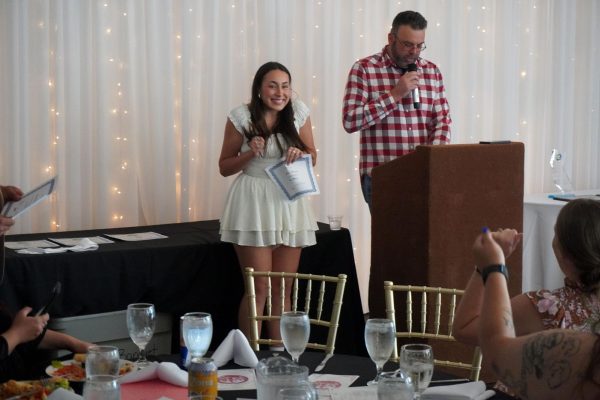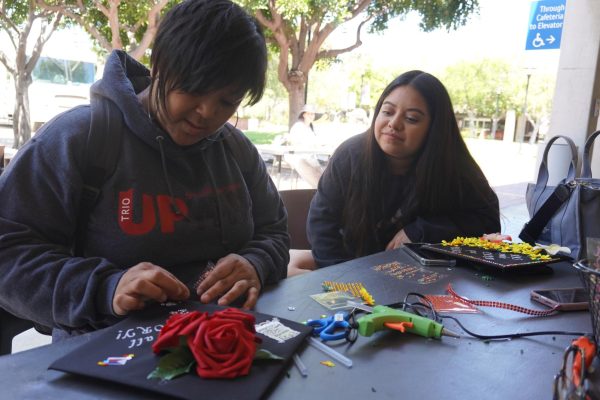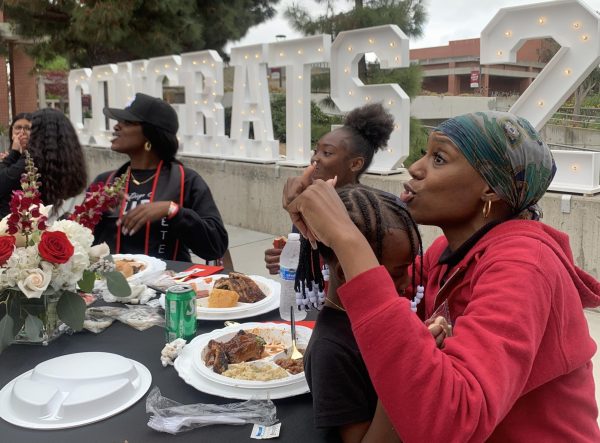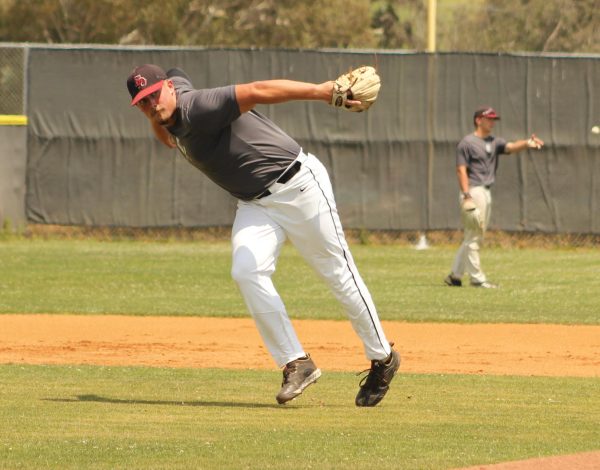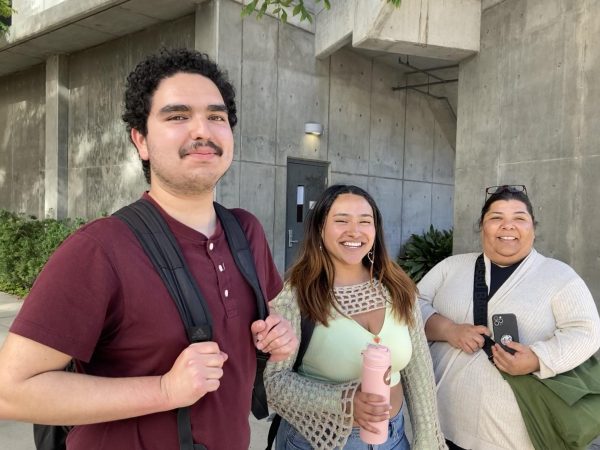UCSD, City College students reveal the science behind tortilla-making
The two are more connected than you think
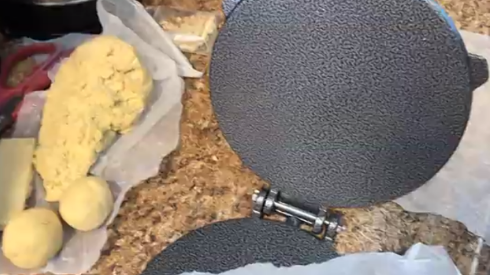
Balls of masa next to the tortilladora are made into round tortillas ready to be cooked. Zoom screenshot
May 20, 2021
Many young people think science is inaccessible to them and teaching it through a new, more relatable lens is a way to get them excited and engaged.
That was explained by Beto Vasquez of the University of California, San Diego Center for Research on Educational Equity, Assessment and Teaching Excellence at The Science of Tortillas event on May 18.
“When people think of sciences, they don’t have to think of an older white man in a lab coat, it can be the abuelita in the kitchen preparing the masa for dinner,” Vasquez said.
The event, co-sponsored by the UCSD program and the San Diego City College Society for Advancement of Chicanos/Hispanics & Native Americans in Science, taught attendees the many aspects involved in tortilla-making, including biology, chemistry, physics and engineering.
San Diego City College Mechanical Engineering student Arturo Baza demonstrated how gravity and simple machines impact tortilla-making, using the tortilladora in his own kitchen to flatten balls of masa into round tortillas with speed and efficiency, all while expressing gratitude to the innovative engineers and scientists who designed the tortilladora.
“Before the tortilladora, we used the palms of our hands,” Baza said. “Imagine making tortillas by hand for a family of five. Science is really important and we use it in all parts of our lives every day.”
To prepare the masa balls for the tortilladora, according to Ronny Vasquez from UCSD CREATE, mix corn, water and calcium hydroxide powder in a large bowl or pot to chemically remove the outer layer of the corn kernel. This is also known as the nixtamalization process.
With outer shells removed, the corn kernels are ready to be ground into masa, just add water. Once the masa is thick and doughy, all you need is a tortilladora and some heat to finish your delicious homemade tortillas.
When the tortilla starts to puff up and bubble, due to the evaporation of water from the masa explained Vasquez, it is ready to eat.
Attendees followed along at home with their own tortilla-making kits that included pre-made masa, a metal tortilladora, a small bag of traditional dried corn kernels and a small sample of calcium hydroxide powder.
Contact SACNAS or UCSD CREATE for more opportunities to learn about science through a new lens.



